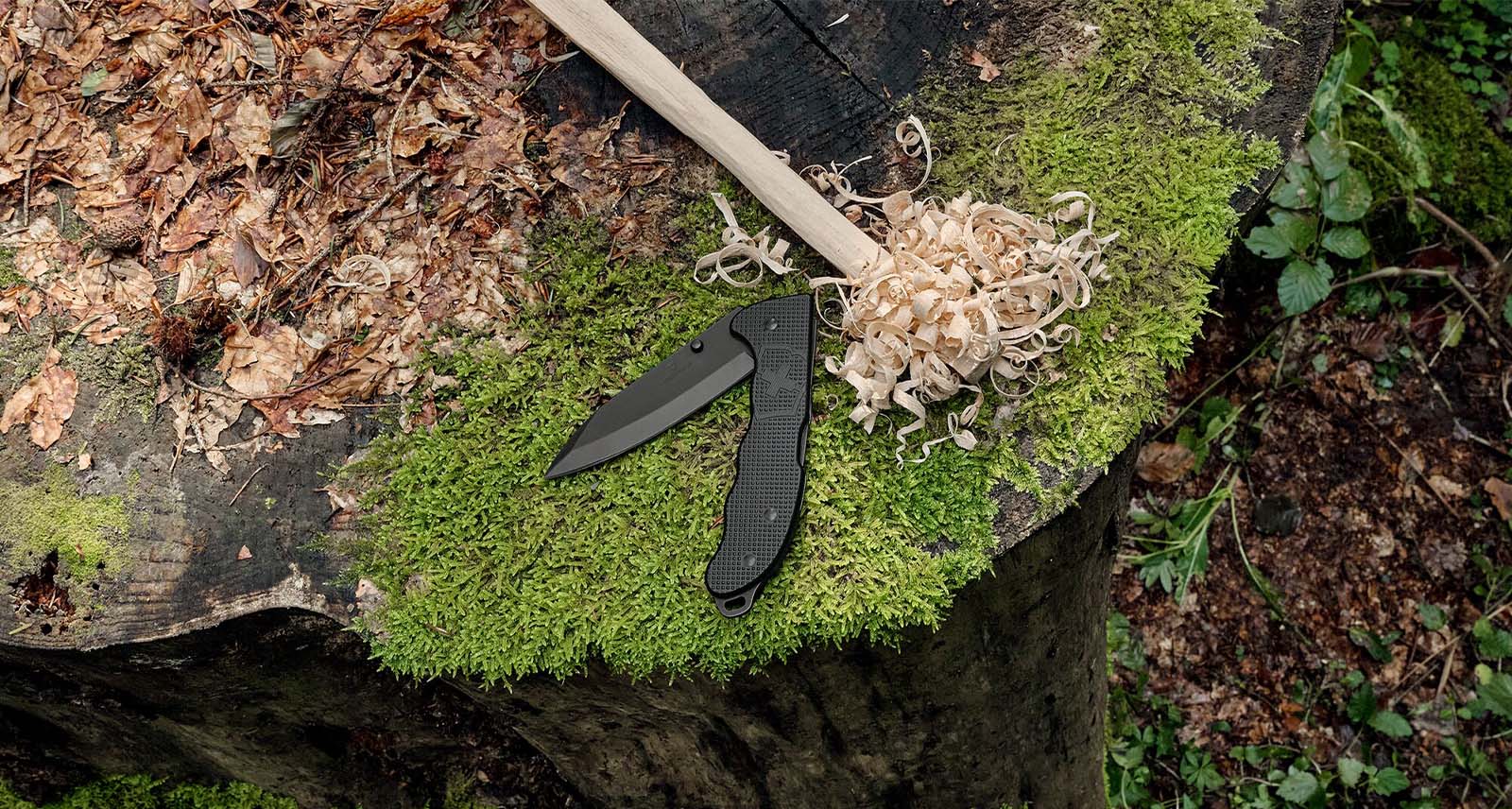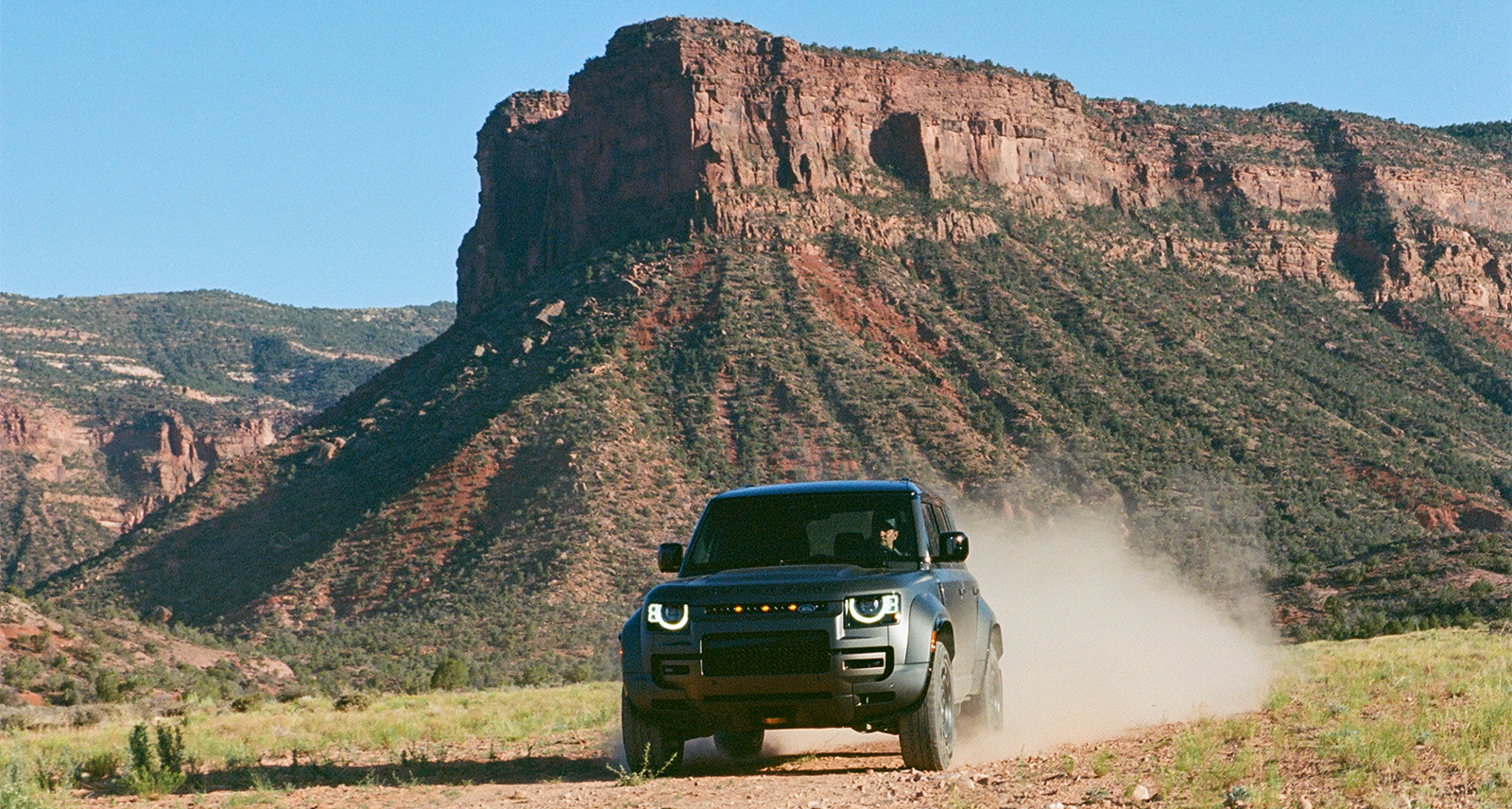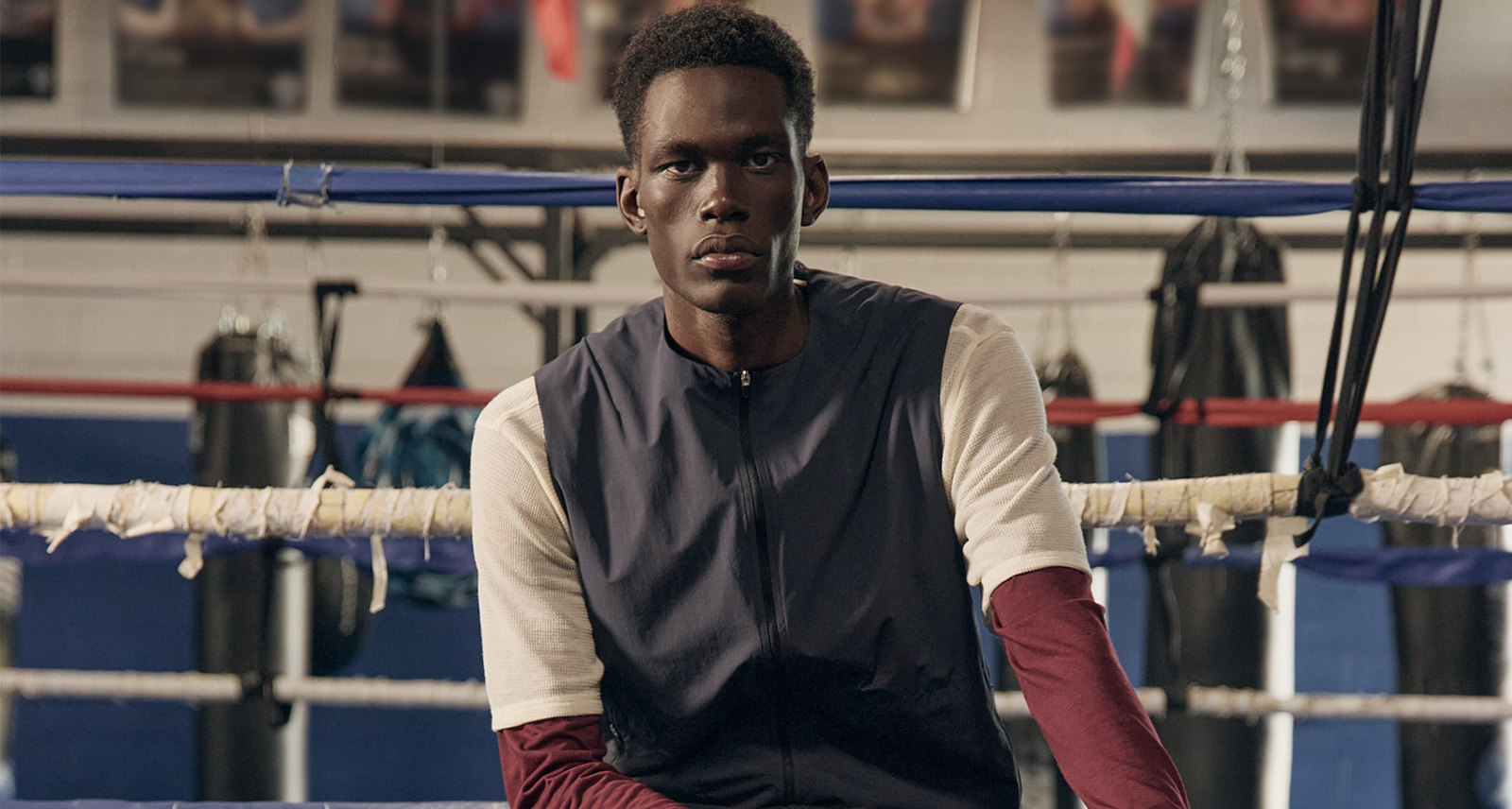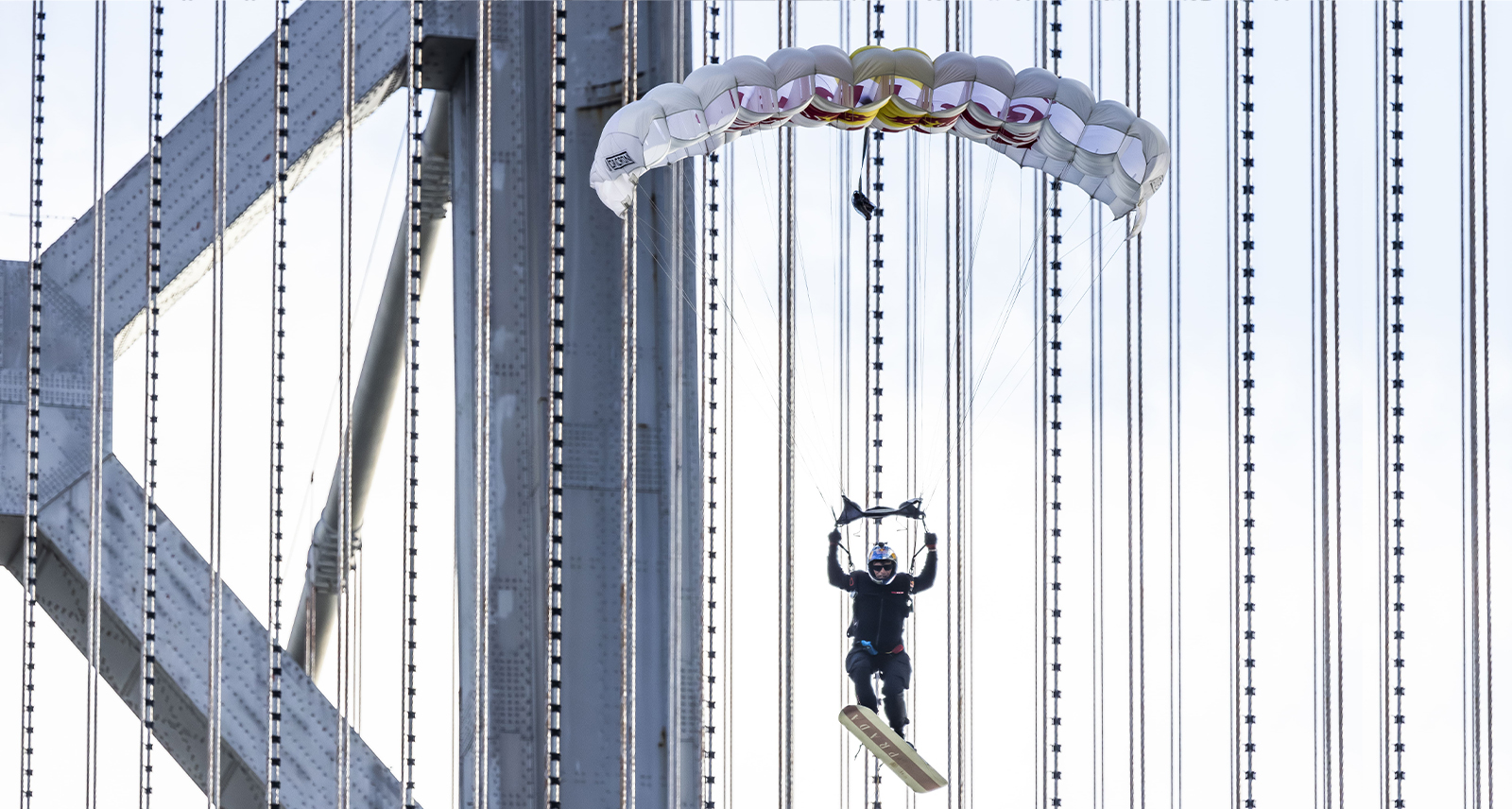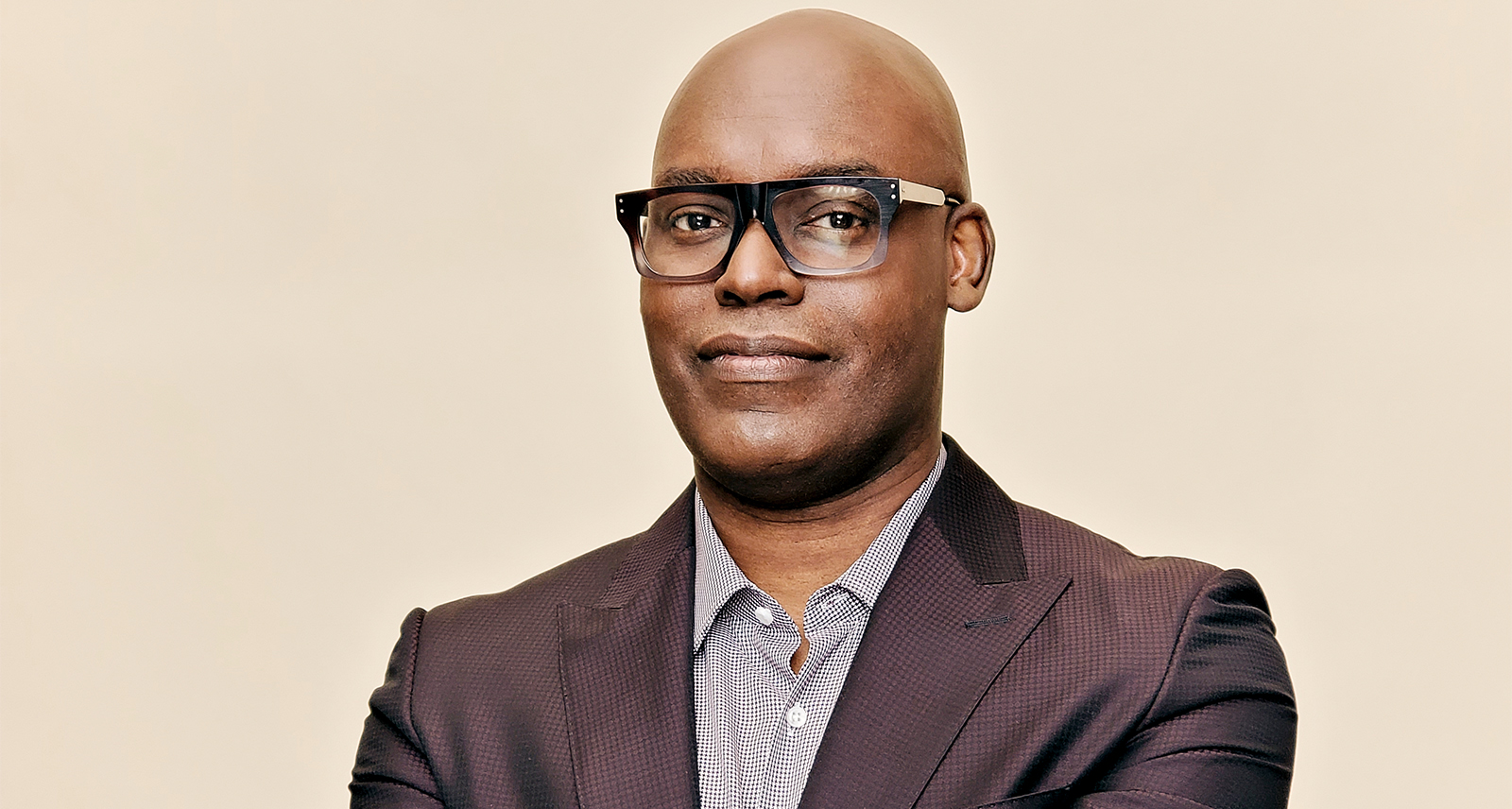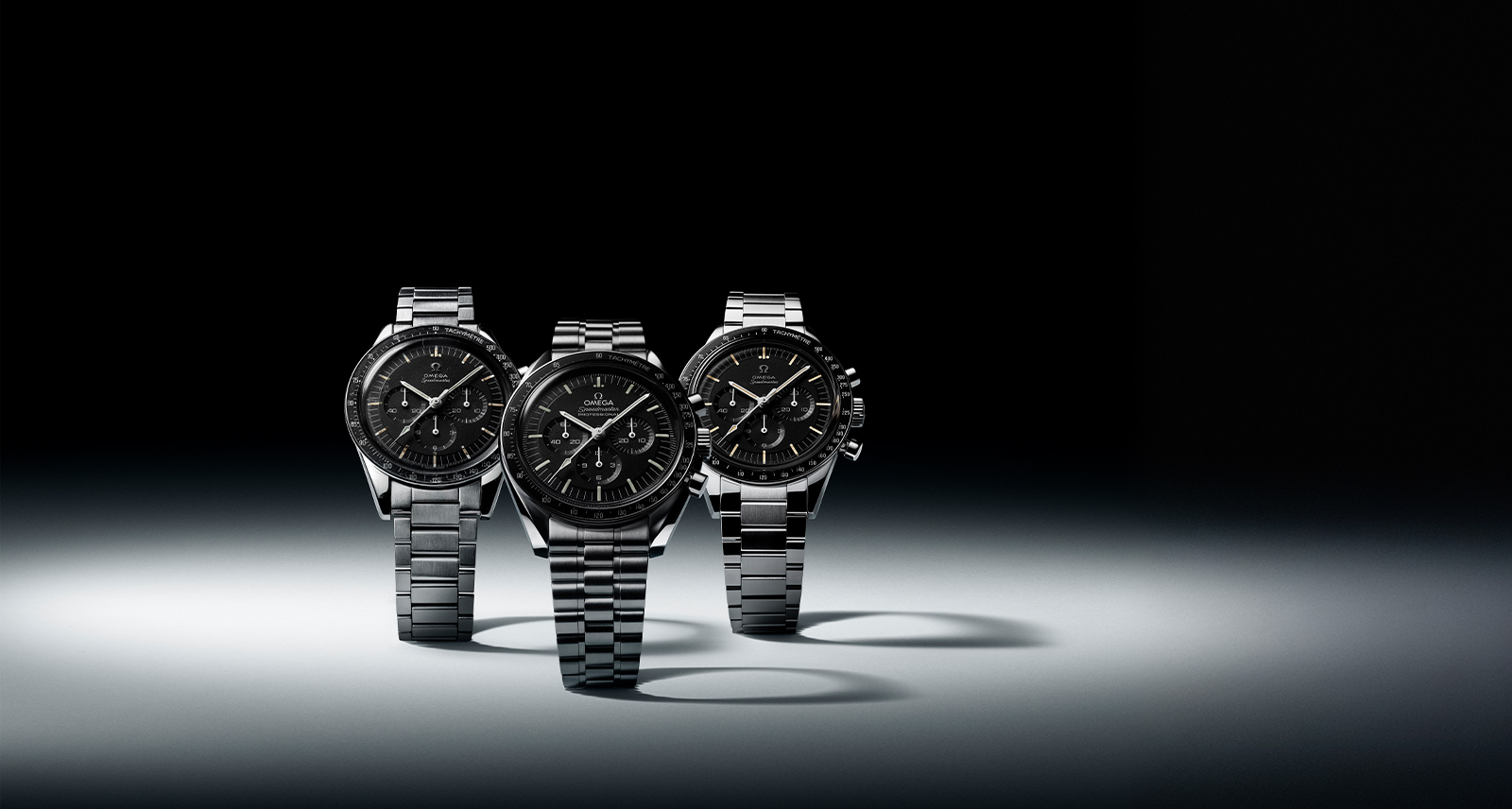Sipping Cristalino Tequila, All Becomes Clear
Some sip it, some shoot it, some stir it into cocktails. But tequila — however you enjoy it — is on top; the fastest-growing spirits category in North America. Even down in Mexico, where the agave-derived drink has been produced for centuries, tequila shows no sign of slowing down. In fact, a new spin on the spirit is soaring in popularity in its home country — and beyond. It’s called cristalino, and it’s coming for the global crown currently worn by the big trio of established tequila styles: blanco, reposado, and añejo.
“Cristalino,” explains Canada’s national brand manager for Volcan Tequila, Ruaraidh MacIntyre, “is traditional añejo or extra añejo tequila, or more commonly reposado, that has been lightly filtered through charcoal, removing the colour and some of the heavier woody flavours, but leaving much of the toasted, sweeter, fruity flavours and the herbal agave notes. Imagine the best flavours of blanco and añejo without the tannins and spiciness you get in an older tequila.”
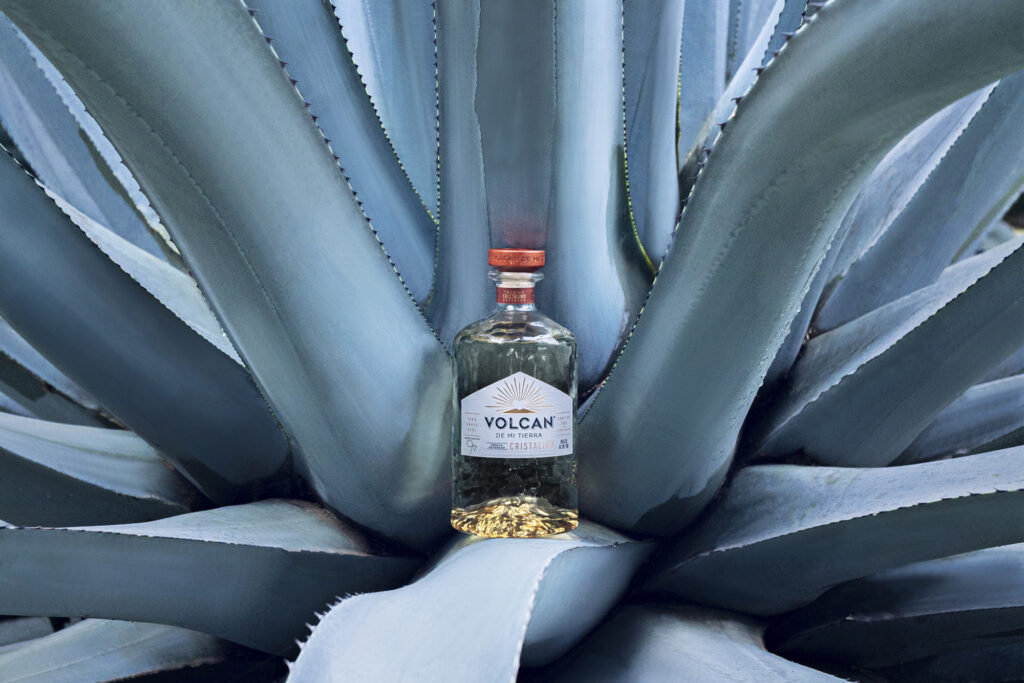
It’s a tequila of startling, sparkling clarity — one that miraculously retains the punchy profile of barrel-aged, spicy varieties. And it’s a style that’s thriving. Within the wider tequila market, cristalino is expected to see a 55-per-cent rise in sales by 2026 and more than 50 brands — from Avión to Volcan — now offer a cristalino tequila. This year alone, countless brands have either launched a cristalino variety, or upped production and distribution of their existing expressions (Cenote, for example, which first launched its mellow, matured cristalino in 2019, announced a wider rollout this summer).
This upsurge is understandable. The rich, luscious flavours — of tobacco, chocolate, and nutmeg — lend cristalino tequila to wintry drinking, but its appearance belies this depth, bamboozling boozers with a steely, platinum clarity. And it’s been this bewildering way since Maestro Dobel unveiled the world’s first commercially available cristalino (called Diamante) to acclaim in 2008. Fifteen years later, and the Mexican brand has doubled down on the style, launching a new limited edition this year. Dobel 50 Cristalino Onora: Laca de Olinalá — handcrafted in the Jalisco lowlands and aged in American and eastern European oak barrels before being filtered — is a delicate dance of pumpkin, pineapple, and hints of quince.
““My personal preference is neat, to appreciate the complexity and effort that went into making it.”
Ruaraidh MacIntyre
But, because of its complex production process, each cristalino tequila tastes slightly different. Less likely to contain sweetening syrups or additives, the style leaves fewer places for flaws to hide. And this clear-cut character, says Volcan’s MacIntyre, means that the style best suits a simple serve. “Neat, or with ice and soda water,” he explains. “My personal preference is neat, to appreciate the complexity and effort that went into making it.”
So, even if you do mix a mean margarita, or can whip up a perfect paloma, put those skills on ice. For the best way to enjoy this trending tequila is to keep it crystal clear.
Don’t Forget The Perfect Glass…
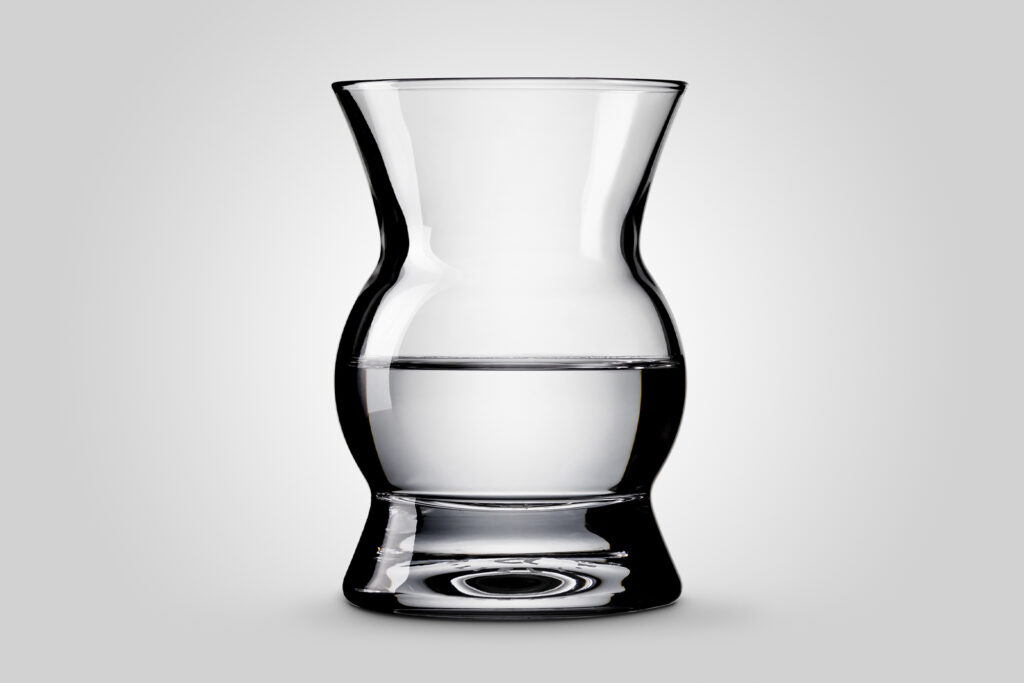
Melbourne-based design company Denver & Liely is on a crystalware crusade. From bourbon to beer, the Australian duo has made it their mission to create glasses perfectly suited to each and every alcoholic drink. They’re not done yet, of course, but one of the most recent additions to the roster is this: the Mezcal Glass — it’s the perfect vessel from which to sip your chosen cristalino. Hand-blown, hand-cut, and hand-polished from lead-free crystal, the brand spent two years on the ground in Mexico researching the glass, which has a unique shape to finely ‘tune’ the spirits using engineered airflow and distillation rectification. It’s a slick, scientific way to tease even more from your tequila. ($64).


